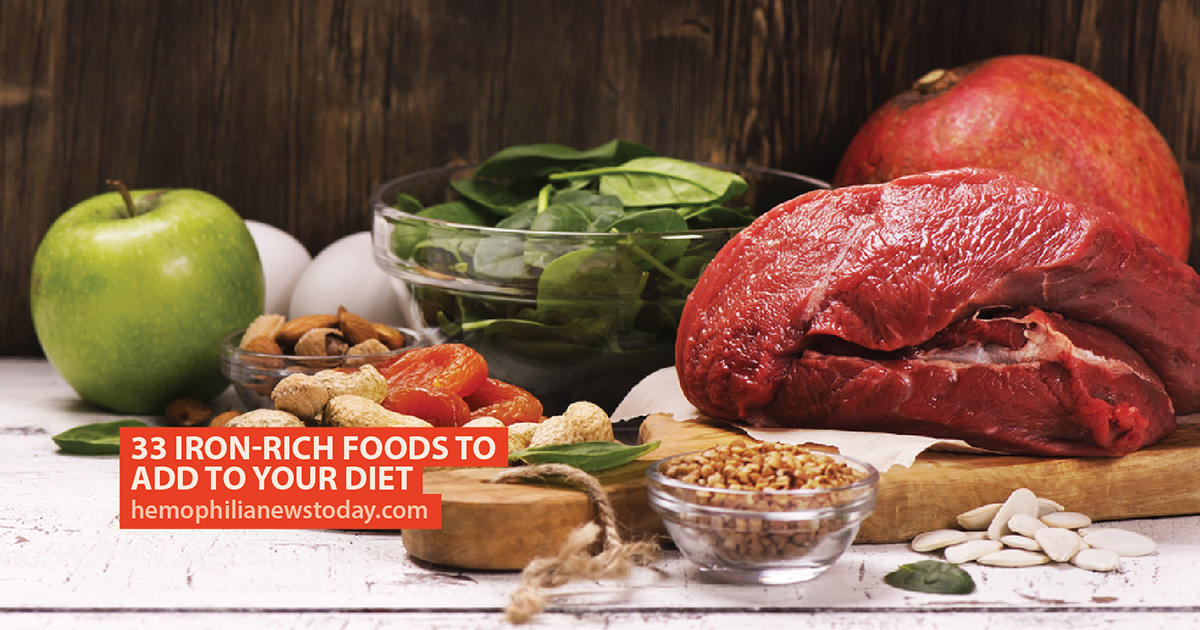33 Iron-Rich Foods to Add to Your Diet

It’s important for anyone with a chronic illness to eat a balanced diet, but children and adults with hemophilia should also include iron-rich foods as some of the body’s store of iron is lost during bleeding.
MORE: How diet can help with hemophilia management.
There are two different types of iron that your body can get from food: heme and nonheme. Heme is found in animal products and nonheme is found in plant products. Our bodies tend to get more iron from heme foods, but if you’re a vegetarian, you can still eat plenty of iron-rich foods. Nonheme iron is the type added to foods like breakfast cereals.
With help from everydayhealth.com, the Mayo Clinic, and webmd.com, we’ve put together a list of heme and nonheme iron-rich foods which should form part of your regular diet.
Heme Iron Foods
- Liver
- Oysters, clams and mussels
- Red meats such as beef and lamb
- Canned sardines
- Chicken and turkey
- Pork and ham
- Veal
- Fish
Nonheme Iron Foods
- Iron-fortified breakfast cereals, rice, breads and pastas
- Cooked beans and lentils
- Tofu
- Pumpkins, squash or sesame seeds
- Chickpeas, kidney beans and lima beans
- Dried apricots
- Baked potatoes
- Nuts
- Broccoli stems
- Raw and cooked spinach and kale
- Peas
To help extract the most amount of iron out of a food, it’s advisable to eat it along with something high in vitamin C such as:
- Oranges
- Lemons
- Broccoli
- Leafy greens
- Melon
- Kiwi
- Peppers
- Strawberries
- Tomatoes
MORE: 13 fast facts about hemophilia.
Hemophilia News Today is strictly a news and information website about the disease. It does not provide medical advice, diagnosis or treatment. This content is not intended to be a substitute for professional medical advice, diagnosis, or treatment. Always seek the advice of your physician or another qualified health provider with any questions you may have regarding a medical condition. Never disregard professional medical advice or delay in seeking it because of something you have read on this website.






